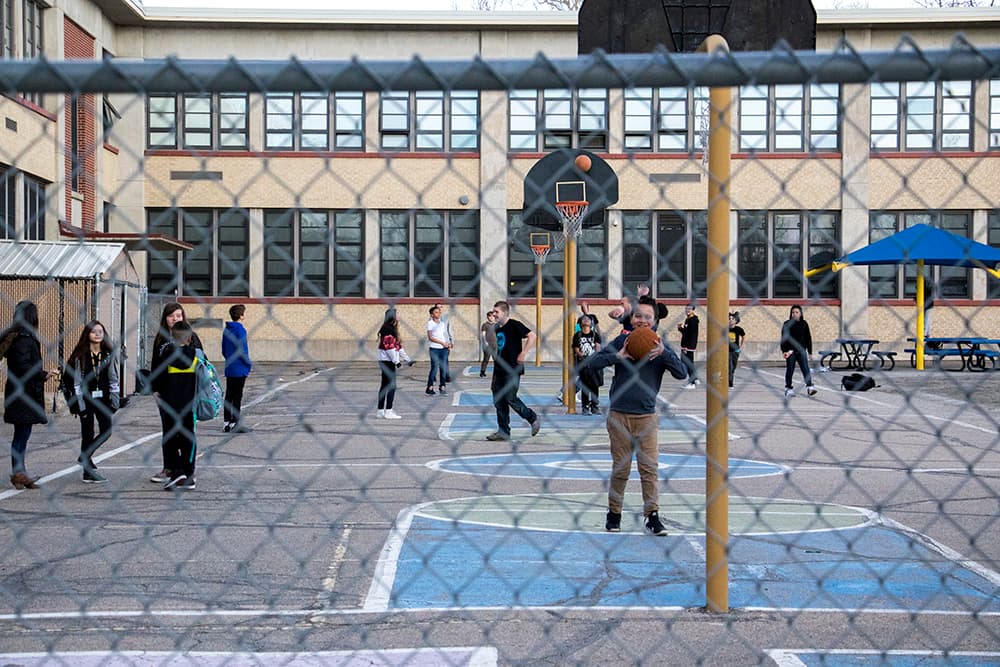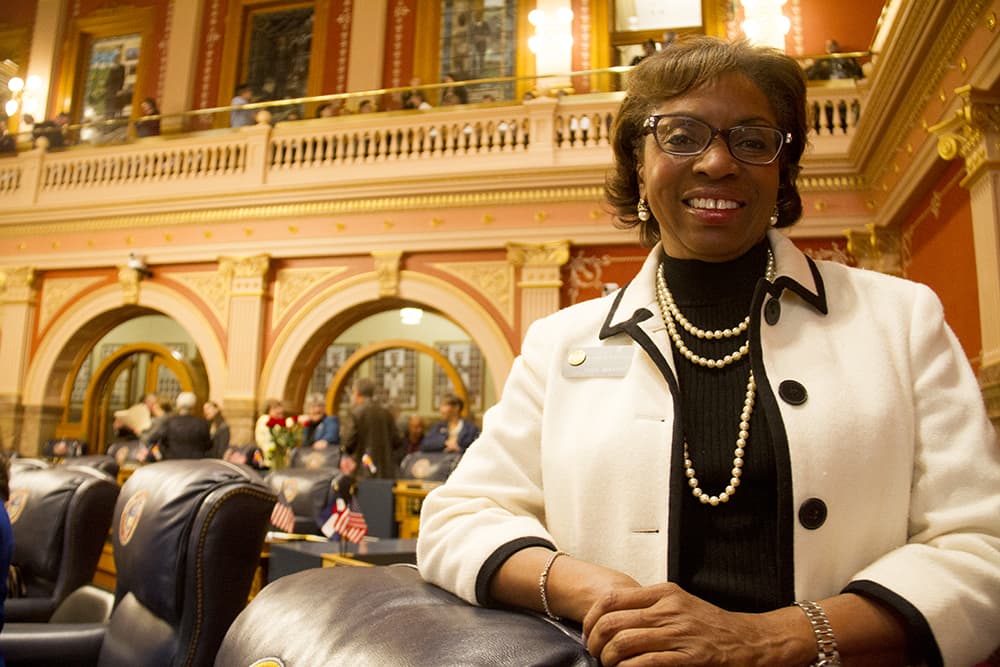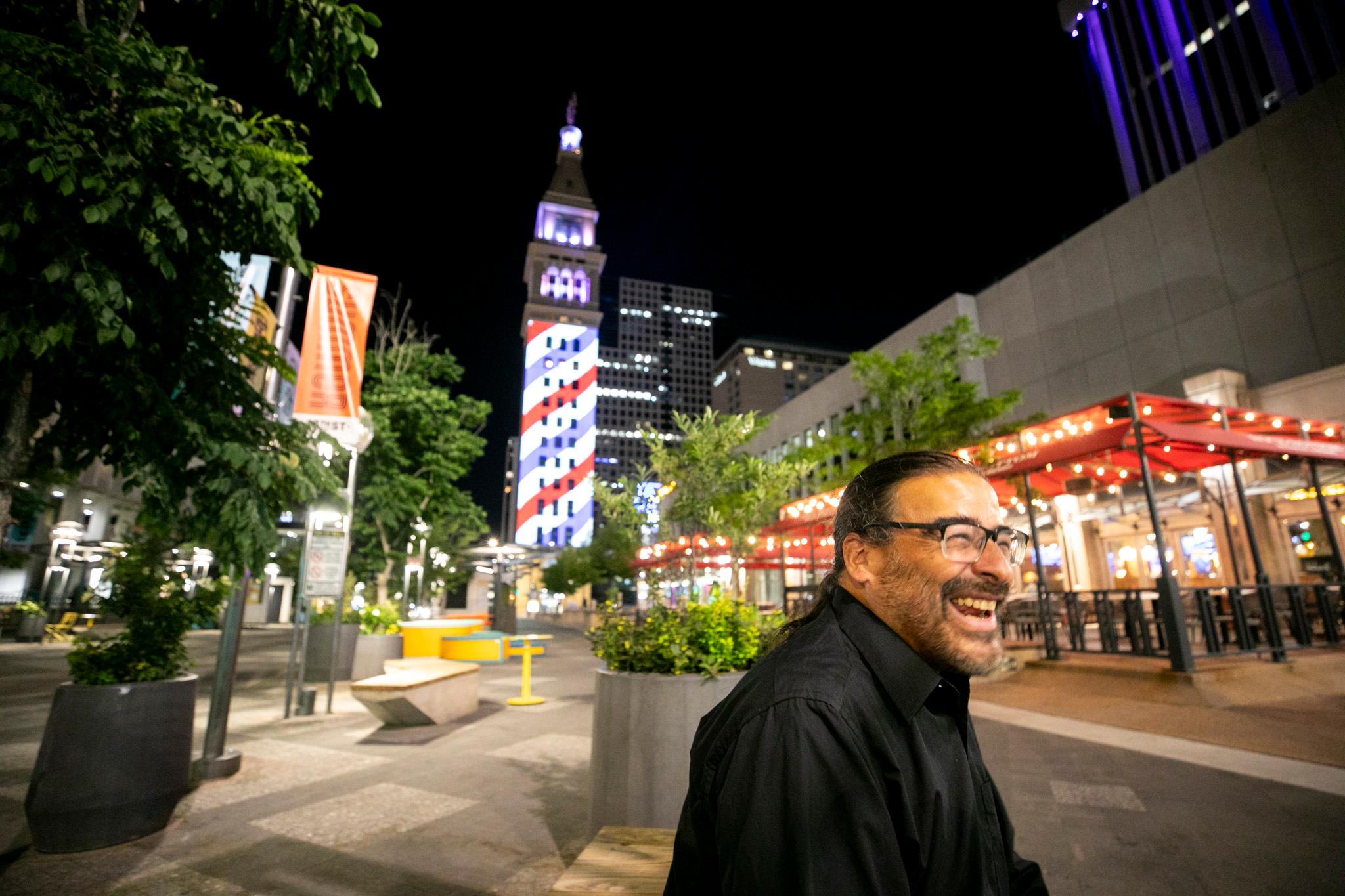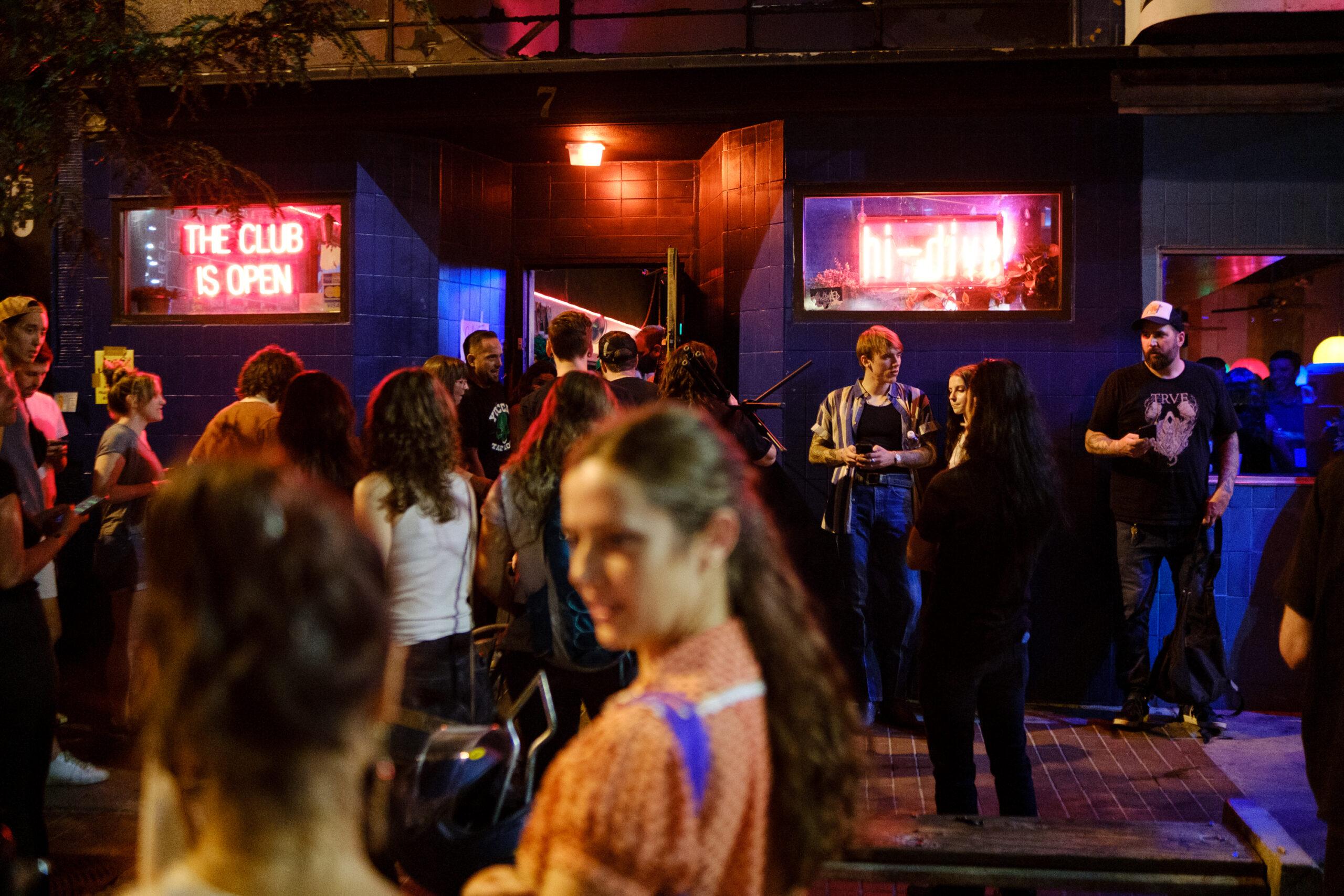
A bill making its way through the Colorado state legislature has the potential to give free meals to about 18,000 Denver Public Schools students from low-income families who were not receiving them before.
If it succeeds, the bill would expand the School Lunch Protection Program, which provides free lunches to kids in preschool through fifth grade who would otherwise pay for reduced-cost lunches, through the eighth grade.
Schools here don’t technically have a free lunch program.
They have a reduced lunch program, and as it stands now, the state is paying the reduced lunch costs for students in kindergarten through fifth grade — 40 cents per meal. This bill would extend that subsidization through the eighth grade.
"It started off with a conversation about lunch shaming. Talking to the parents and talking to the students, I was getting a sense that many kids were stigmatized or shamed when they didn’t have money in their pockets for lunch," said Sen. Rhonda Fields, a main sponsor of the bill along with Sen. Bob Gardner and Rep. Dafna Michaelson Jenet.
Fields represents Arapahoe County, which includes the bulk of the city of Aurora. According to the district website, 70.4 percent of Aurora Public Schools students receive free or reduced lunch.
"I wanted to do something across the state because it’s not just about kids in Aurora, it’s about kids across the state," Fields said. "... Kids should be focused on their academics and not focused on where the next meal is coming from. We’ll be able to serve 1.4 million more meals to kids if this bill passes."
To pay for the expansion, the general assembly would need to appropriate between $500,000 and $750,000 a year. Cost estimates assume that 1,410,697 reduced-cost lunches will be served to eligible Colorado students in grades six through eight at a reimbursement rate of 40 cents per lunch in fiscal year 2018-19. For 2019-20, it assumes that number will be 1,365,838.
If the bill passes, high schoolers would be the only students whose reduced-price lunches are not paid for by the state.

A lot of Colorado kids qualify because a lot of Colorado kids are facing food insecurity.
At Denver Public Schools, 68.51 percent of students qualified for reduced-price lunch in the 2015-16 school year. Food & Nutrition Services Executive Director Theresa Hafner said there currently 94,393 students enrolled in the program. Of those students, 50,979 receive free meals and 8,234 received reduced-price meals.
According to a press release from DPS in July 2017, student lunch debt across the district was at $13,910 for the 2016-17 school year. Many schools set aside funds intended for instruction in order to help pay for lunches, it said, and in that year, they paid for 37,700 lunches.
It was with that release that the district announced that it would stop serving "alternative meals" — generally something like a sandwich as opposed to a full, hot meal — to kids who couldn't pay.
"We feed all children regardless of their ability to pay," Hafner said. "If they owe money, we still give them a complete meal."
If the bill passes, it would eliminate that problem for around 18,000 DPS sixth-, seventh- and eighth-graders who already get reduced-price meals. With the reduced meal price at 40 cents for all grade levels, that works out to a savings about $69 per child, per year for families.
It also reduces confusion and frustration for families who qualify for these programs, Hafner said. Right now, "there's an awareness gap for our parents."
DPS has 17 schools that teach kindergarten through eighth grade. That means that for a qualifying family of, say, four kids across all grades in the same school, some of those kids get free meals while the others have to pay 40 cents.
Eligibility for free or reduced-priced meals is based on family income and size. And where low-income families live, there tends to be food insecurity and food deserts.
The United States Department of Agriculture maps food deserts — defined by areas with a low-income population with low access to a grocery store. In urban areas, low access means a significant number of residents are a mile or more from a grocery store. In rural areas, it's 10 miles.

And since the Denver metro area, like most, is so car-centric, here's what that map looks like for low-income areas where more than 100 housing units do not have a vehicle and are more than half a mile from the nearest supermarket:

According 2015 research from Feeding America, a nationwide, nonprofit network of food banks, 13.3 percent of Denver's population is food insecure. The child food-insecurity rate is higher — 17.2 percent. An estimated 23,340 Denver children were food insecure out of a total under-18 population of 135,893.
Statewide, 12.2 percent of the total population and 16.5 percent of the population under 18 is food insecure.
Asked what this looks like in schools, Hafner said, "It could look like schools could be the only place where kids get nutritious food because perhaps groceries aren’t plentiful and the grocery story or parents could be shopping at a convenience store nearby. Insecurity just looks like not having those things, not having the access to healthy food."
Free and reduced-price lunches are just one way schools and governments tackle this problem. DPS, for instance, offers free breakfast to students in all grades and snacks at after-school programs. Some schools in the district also have a "backpack program" that sends kids home for the weekend with food, and hundreds of communities in Colorado provide free meals to kids 18 and younger throughout the summer. (Hunger Free Colorado has a map for this summer coming in May.)
Next:
The bill — SB18-013 or the Expand Child Nutrition School Lunch Protection Act — passed out of the education committee with a 5-2 vote. Now it's on to the appropriations committee.
If the appropriation committee approves, the bill heads to the House for a vote.
Correction: This story incorrectly said the bill would give 1.4 million more kids free meals. It will feed 1.4 million more free meals to kids.










